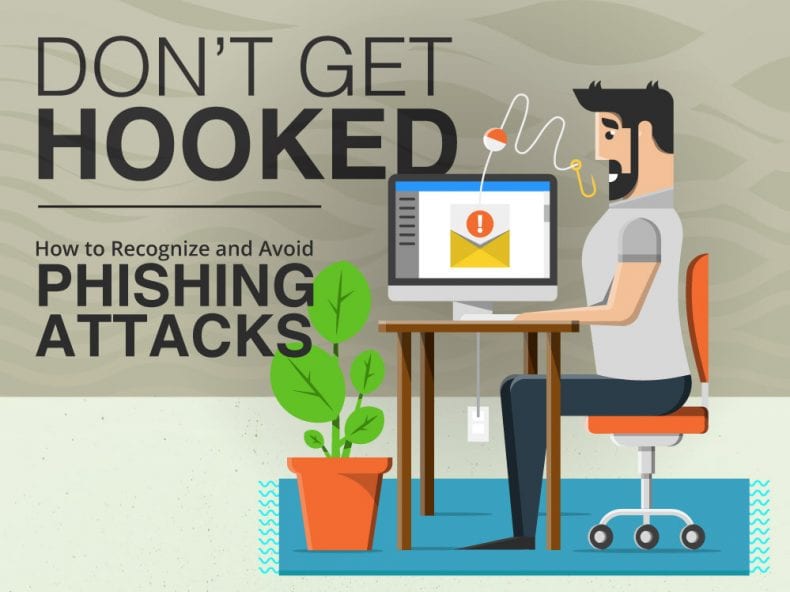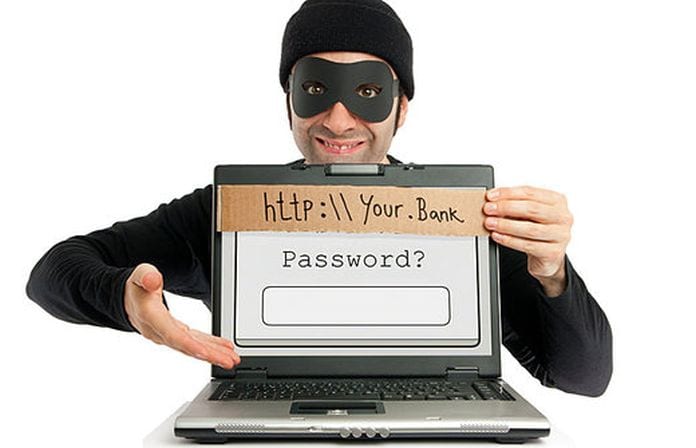A phishing attempt is when someone tries to steal valuable information such as bank accounts, social media accounts, business accounts, and more by sending a fake email.
The sender of the email will most likely create an address that has a huge similarity to that of an authentic source in order to gain your valuable private information.
Phishing attempts are the most common type of online scam attempts and they are more and more common in our society.
In this article, we are going to hopefully teach you how to successfully recognize phishing attempts in order to prevent the damage.

If the emails ask you to confirm personal information or transaction
Hackers and people who want to harm you will go to extreme lengths to make the email in your inbox look authentic. Only you can determine at that time whether the style of writing and matches that of your company or another business institution such as banks. Believe it or not, hackers are very patient people who will study you, your company, and your associates, in order to send you the most authentic email you’ve ever received. But, as soon as they ask for your personal information or to confirm a transaction, do understand that something is wrong. Never give out personal information to anyone such as banking details, login credentials, usernames, password, and anything of the kind.
If the web address and email address look disingenuous
More often than not, phishing emails will contain a link and they will ask you to click it. While it’s unusual for emails to contain links, if you do click on a phishing link you will most likely be infected with some form of malware that will have your entire private data stolen. The only way you can protect yourself if you notice something wrong with the sender’s email address. Hackers will usually disguise themselves as company accounts, bank accounts, and accounts of fellow associates in order to trick you to click on the web link. A simple change in lettering can be the difference, and even one letter is enough to trick you. For this, you can always double check the sender before clicking anything. Another way to protect yourself is to use anti-phishing software such as DuoCircle.

If the email is poorly written
If someone from a legitimate company is sending you an email, do understand that the email will be written in the most professional way possible. You would be surprised how easy it is to spot a phishing attempt by the level of spelling and grammar used in the email. Unusual terms of writings such as strange phrases can also be the difference maker. If you’ve received an email from a company, bank, or associate, and if the email contains a lot of mistakes, do understand that there is someone out there trying to get to your private information.
If the email contains a suspicious attachment
Again, it’s not unusual for emails to contain attachments. In fact, that might be the only purpose we use emails. However, that doesn’t mean that someone won’t use it to harm you. If you’ve received an email address which contains a suspicious file attached to it, do understand that that file could be a virus or malicious software. A Trojan horse virus can infect your personal computer and every other computer that is located on the same network as yours. Trojan horses are extremely malicious viruses that can steal an entire company of its precious private data.









